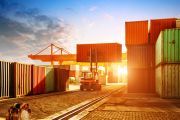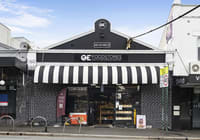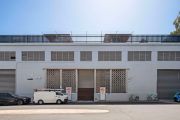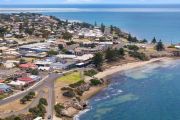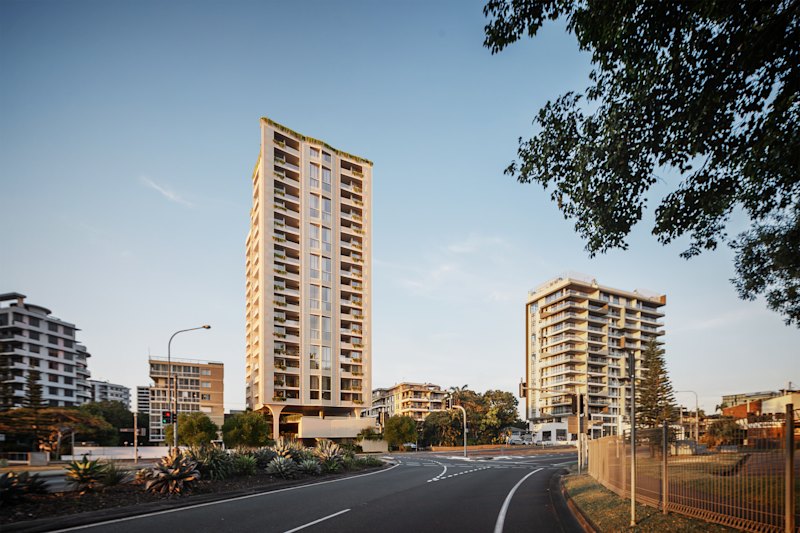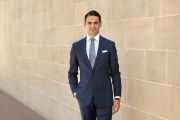
Greening the city on high in Melbourne
Melbourne’s town hall has unveiled a bold plan to transform the city’s skyline, turning many more of the CBD rooftops into green havens.
Backing that vision is what is thought to be world first online tool: a comprehensive map of the municipality’s rooftops indicating their prospects for greening.
The online map shows the current state of play and then sets out the extent to which individual city rooftops could be transformed, ranging from an intensive greening to the adaption of solar panels.
Town Hall has established what it calls an urban forest fund which will match dollar-for-dollar green rooftop projects, up to $500,000.
The fund has $1.2 million in seed funding, which the city hopes to expand to $10 million through contributions.
For every dollar that a private investor pays into the fund, town hall will provide an additional dollar towards a greening project.
“Rooftops in central Melbourne make up 880 hectares of space, more than five time the size of Melbourne’s largest park, Royal Park, ” Lord Mayor Robert Doyle said on Wednesday.
“And we have mapped every one of the rooftops in the city of Melbourne in what we believe is a world-first interactive tool.”
Cr Doyle launched the ambitious plan from atop the new Victorian Comprehensive Cancer Centre and home to one the largest rooftop gardens in Australia at 1400 square metres.
The council’s research shows just 38 green roofs and 40 rooftop gardens had been established in the municipality by 2015.
But the potential to go green above is much greater, with 236 hectares of intensively green roofs and 328 hectares of more lightly greened roofs.
And there’s meaning in the greenery. Green roofs can a host of sustainability initiatives to generate clean energy, decrease energy usage, capture stormwater and help cool temperatures.
More than one-third of commercial property landlords in the Melbourne CBD have given their properties a green makeover in recent years.
In another first, Melbourne’s town hall and the state government have backed a green loans system to bankroll a makeover of the city’s ageing buildings.
Under that scheme, set up seven years ago, building owners borrow funds for retrofitting from the banks.
The cost of those loans is then met through a environmental upgrade charge, which the council recovers through its rates collection.
Sydney is finding ways to go green as well, including the recently established Smart Green Apartments program that allows apartment building owners to save up to $60,000 on annual levies.



